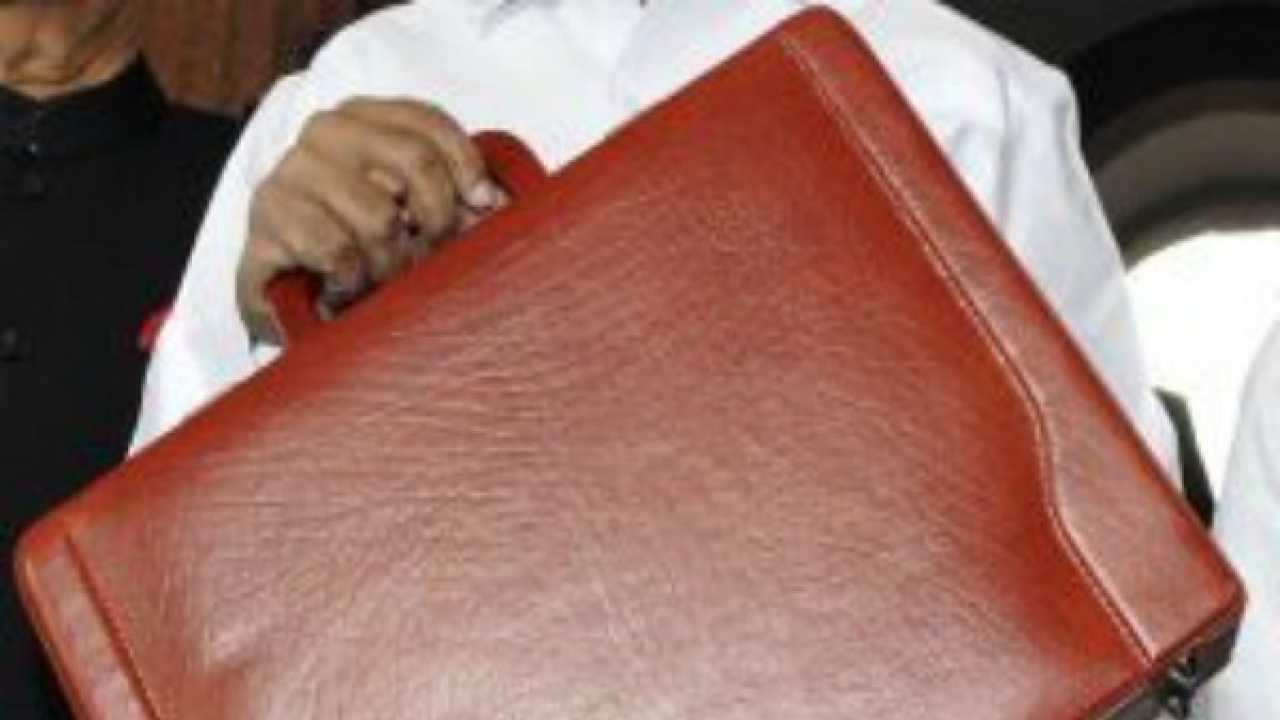
The audience has applauded ten months back. Now, it’s time to deliver a show that has been awaited for ten months. Just a reminder that while, in the last few years, we have been watching P Chidambaram and Pranab Mukherjee carefully for the Budget. Now, we are looking at Modi who is the PM; hence let’s focus on Arun Jaitley who is going to reading out and has authored the Budget. Jaitley is a former lawyer, who was with Rajya Sabha before this stint.
In addition to it being a new government and new expectations, improvement in a few macroeconomic fundamentals have raised a few realistic hopes. The government is expected to meet its fiscal deficit target of 4.1% this year. It is expected to lower to 3.8 per cent, by experts. After facing years of belt tightening, here are a few areas hungry for funds, that we will keep a watch on.
Health Spending: At the time when lines at doctors’ turn serpentine with unseasonal flu and other new threats, an eye is on the healthcare spending that the government would announce tomorrow. Especially since it was a victim of last year’s Budgetary cut when the government cut 20 per cent of its planned spend as its fiscal troubles forced it to. What makes it worse is that India is already counted among those countries that spend the lowest on health, with teeming masses wail without basic healthcare. Its spend is around one per cent of GDP, which is lower than three per cent in China, which is also heavily populated. Jaitley is expected to at least make up for the former cut, if not increase it exponentially. As this government started off with a lower-than-expected fuel bill due to reduction in global crude prices, this is one area where it is expected to loosen its purse strings to initiatives like National Rural Health Mission (NRHM).
NREGA: The former government’s populist prized initiative helped many across the country and also faced as many hiccups later on. The National Rural Employment Guarantee Act (NREGA) programme which started off with criticism from various fronts which included increase in wage rates and loss of labour by companies. The programme faced its worst hit when its wage bills piled up, and the Centre was faced with no funds to support it further. However, the hope that was created by the programme which can help the under-employed agricultural labour remains. Will Jaitley keep it or close it? Or, will they claim that Modi’s ‘Make in India’ programme will make up for it?
Clean sweep: Modi has converted Mahatma Gandhi’s birthday froma holiday to a day that government employees pick up the broom for his Swachh Bharat Abhiyaan. It is left to see if his finance minister keeps up with allocations to the social sector, as its cost has been pegged at Rs 2 lakh crore for five years. Allocations to Nirmal Bharat Abhiyaan (as it was earlier referred to as) were also cut among other areas of social spending and also include potable water supply apart from providing basic sanitation. Yet another affected is Backward Regions Grant Fund (BRGF). The spending in these areas slowed down over the budgetary years, even as it was not cut directly.
Cooking gas and kerosene: Government is expected to spend low on subsidy for petrol and diesel as it was decontrolled and now directly related to global crude prices. In other expected good news, the global crude prices might remain at around the current $50 per barrel, which might ensure a healthy government too as it would have to come back and salvage it in case it flares up to $100 again, which looks unlikely. Will the government use these reduced subsidies to make up for more critical areas like cooking gas and kerosene, giving the high-vegetable price hit housewives some respite?
Household savings: With fewer companies making profits and much fewer increasing salaries, the largesse is left with less to save, also thanks to inflation. Inflation has given some respite, so it is left to be seen if domestic savings can start again from a booster shot from the government. The domestic savings as a percentage of GDP have declined from 36.8 per cent in 2007-08 to 30.1 per cent in 2012-13. It could pick up from a few moves like reducing the tenure of claiming tax on term deposits. Increasing deduction limit for health insurance premium is also on the cards.
Education, Women & Development: The government has also set stage for more spending on education going in line with two other initiatives—Digital India as well as its ‘Make in India’ programme. The government has also revived the 2009 initiative of the former government, National Skills Commission. It also laid its plans to open around 2,000 centres in two years. This for making India’s populace ready for IT as well as non-IT skills. These spends will also be in addition to the regular allocations to Sarvya Shikha Abhiyaan. Special attention will also be eyed from the government as it has already spelled its ‘Ladki Bachao, Ladki Padhao’ programme. This is one expectation from Modi himself who had successfully run the ‘Save the Girl Child’ programme in Gujarat, reducing female foeticide. After his parting gift of personal gift of Rs 21 lakhs for Gujatar’s girls, the country’s girl await for some gifts too.